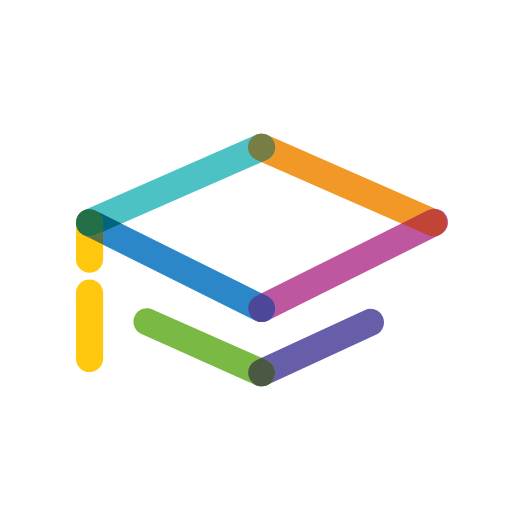
If you’ve worked in the education industry in any capacity, you likely know how much teachers have on their plates. From lesson planning and family communication to classroom management and school dismissals, the average day of an educator can be hectic.
One aspect of teaching that’s taking up an inordinate amount of time, however, is grading. A recent study by EdWeek Research Center found that teachers are spending an average of 5 hours per week on grading and feedback, amounting to 140 hours for a 28-week school year. This average doesn’t include the time spent on report cards, which are typically generated four times per year and add even more hours onto this already labor-intensive task.
Unfortunately, grading isn’t just taking away valuable time for teachers. It’s contributing to teacher fatigue in a time when teachers across the globe are more stressed than ever and considering leaving the profession. A 2022 study by the National Education Association revealed that 55% of educators planned to leave teaching earlier than they’d originally planned, driven in large part by educator shortages and increasing work obligations.
While combating teacher fatigue isn’t a simple task, helping to eliminate the arduous grading process and giving educators time back in their days is a great place to start. Let’s look at some of the additional challenges teachers face when grading and the best ways to tackle the problem.
Grading Challenges
Grading isn’t as straightforward as sitting down with a test and marking answers right or wrong. Teachers must contend with a lot more than just finding the time to get the job done.
Grade Level and Course-Specific Differences
Schools that have a larger range of grade levels often use different types of grading methods. While a class of young students may need to receive narrative, skillset, or standards-based feedback, high school students may have moved on to receiving letter grades. Furthermore, specific courses may have their own grading criteria that’s different from other classes within a grade level (e.g., math vs reading standards). Having to use multiple and different styles of grading makes the process even more time-consuming for teachers.
Reporting Requirements
Governments, districts, and dioceses often require schools report on student achievement in a specific way. It is often a lot of manual work to gather the information from multiple sources and format it according to requirements. This collating and formatting of the data adds additional steps to the grading process. This often involves strict deadlines that teachers must rush to meet.
The Benefits of the Right Tools
While teachers will probably always have to grade, technology can make it much simpler and faster. Investing in the right gradebook software can save your teachers and administrators tons of time, giving them the opportunity to focus on what matters most. When looking for the right platform for your school’s gradebook, keep an eye out for these key features:
- Report Customizability: A good student information system will offer you the ability to customize reports to meet government, district and diocese reporting requirements. You can save these settings and run these reports year after year, significantly cutting down on your administrative time.
- Grade- and Class-Specific Grading: Whether your teachers are handling many different grades or multiple courses with different grading methods, look for gradebook software that allows you to create default settings for each grade level, even down to individual courses. This allows grading to be uniform across specific classes or grade levels and eliminates the need for teachers to create a foundation for each of their gradebooks.
- LMS Integrations: If your school uses a learning management system (LMS) such as Google Classroom, Canvas, or FACTS LMS, make sure your gradebook solution can seamlessly integrate and sync with it. This eliminates the need to double enter data into separate systems.
- Offers Big Picture Data: A comprehensive SIS and gradebook makes it easier for educators to identify at-risk learners more quickly. Being able to quickly see trends and access reports on declining test scores, absences, behavior events, and more can help schools to identify and combat learning loss.
With easy-to-run reports, simplified grading and seamless integration with your existing platforms, the right tech can give teachers hours back in their days – and hopefully lessen some of the load that can lead to burnout.
The FACTS Difference
After decades of working with schools, we here at FACTS are confident that our Student Information System (SIS) and its powerful gradebook, offer all the features listed above plus so much more. From our Family Portal that allows teachers to share student grades and comments with families, keeping them engaged with their child’s learning experience, to our report and transcript features, every feature of SIS was designed with school leaders and their staff in mind.
Thousands of users, like Russel Verster from Cedar House School in Cape Town, have experienced the difference FACTS SIS gradebook has made in their schools. “Our reporting system in the past required an entire team of staff to be involved in all aspects of the process. It was people intensive and this made it a clumsy and time-consuming process. Using FACTS report cards means the process can be managed by a single person who has oversight of all aspects, and then bring all individuals involved in academics into the process of owning the performance reporting that they are responsible for. This creates a sense of ownership of the full academic process.”
Additional features include:
FACTS SIS Gradebook Features/Benefits
- Records grades, homework assignments, and lesson plans.
- Supports grading scales using the point system, weighted percentage, and mixed systems.
- Supports standards-based/skills-based grading.
- Provides web tests and an online homework drop box and electronic student portfolios.
- Grades automatically flow to progress reports and report cards.
- Generates automated notifications to parents for failing grades and missing assignments.
FACTS SIS Report Cards & Transcripts Features/Benefits
- Provides free standard report card templates or completely customized report cards.
- Provides unique report cards for each grade level as desired.
- Transcript offers standard, weighted, and customized GPA calculations.
If you are ready to tackle teacher fatigue this school year, getting your tech in order is the best place to start. Learn more about FACTS SIS and how upgrading your gradebook can benefit your teachers here.


